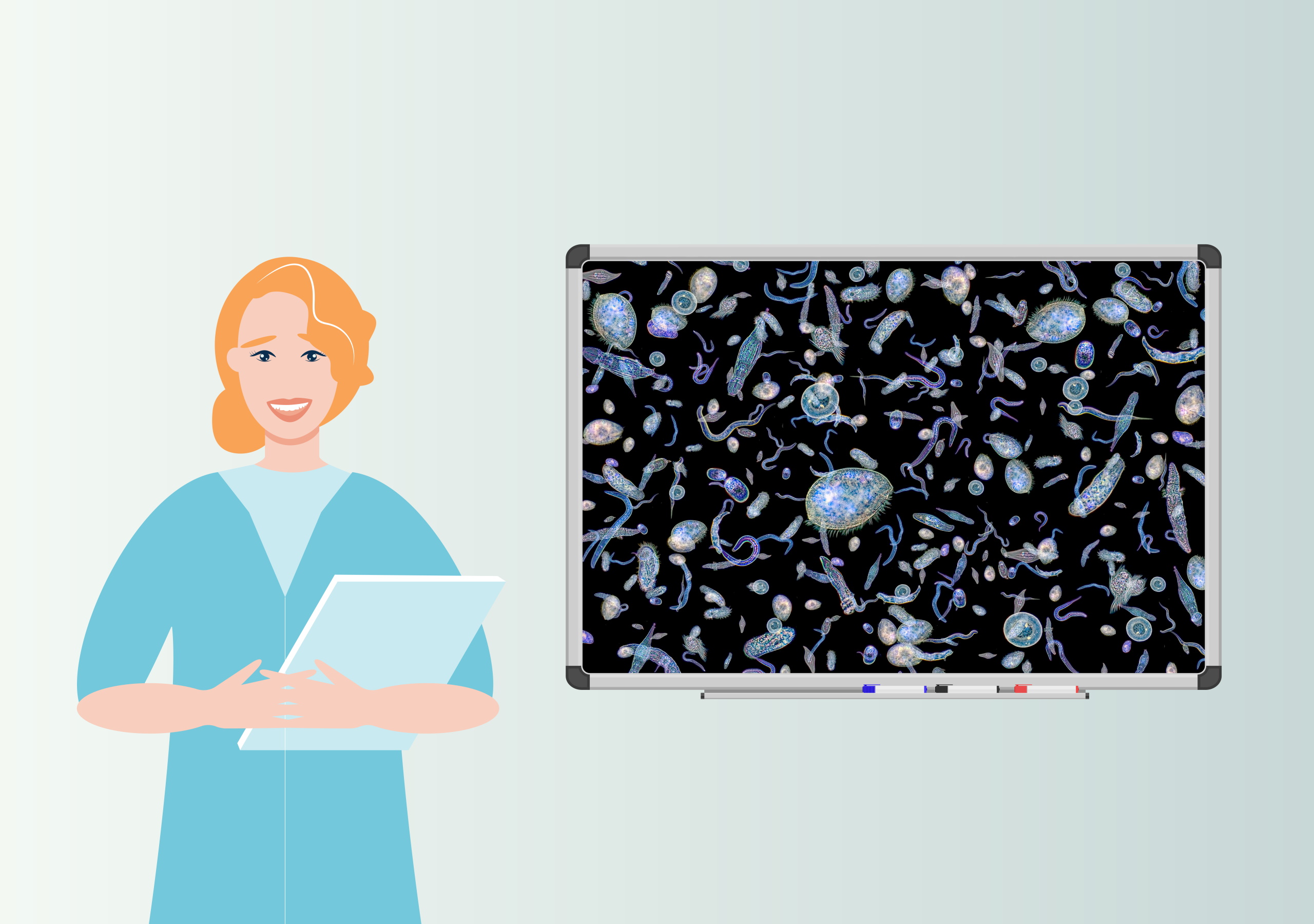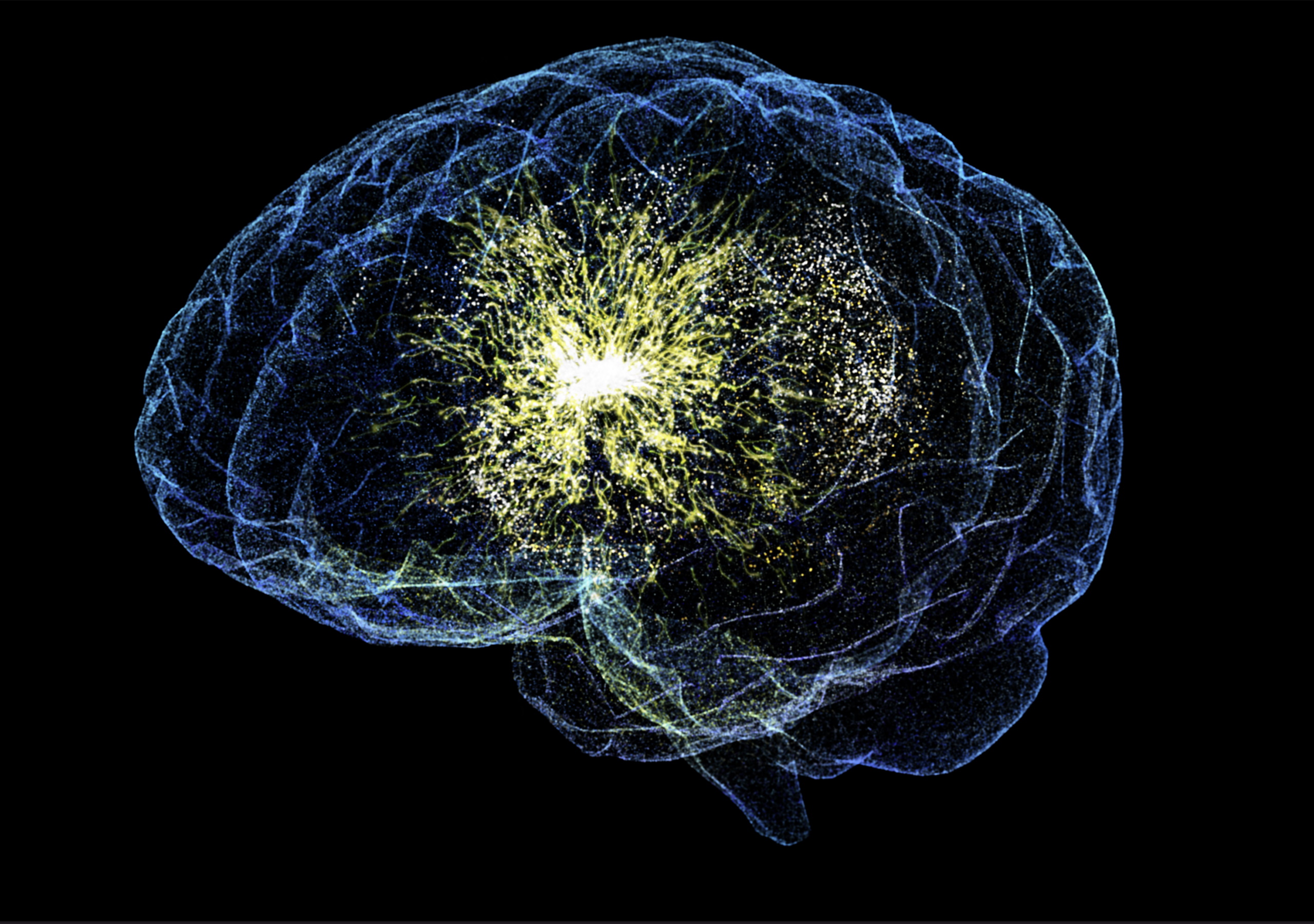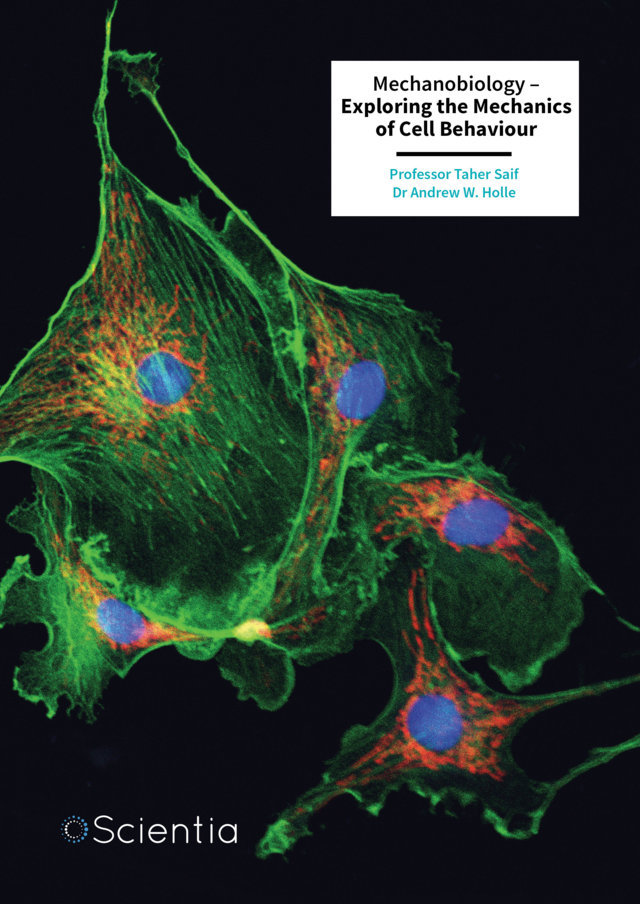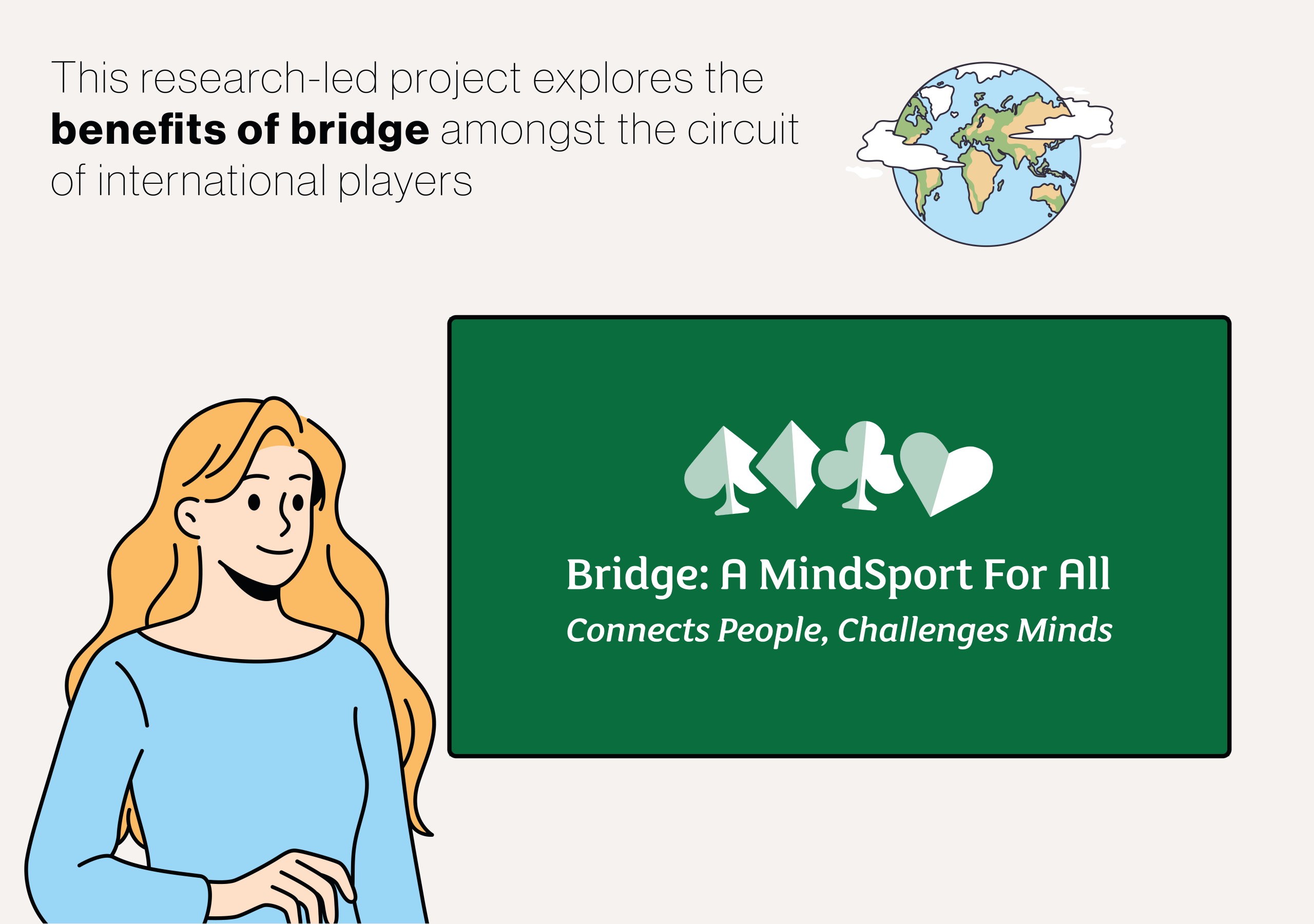VideoPod
About this episode
Nuclear magnetic resonance, or NMR, is an excellent technique for studying molecules, and is also the process behind hospital MRI machines. NMR works by exposing a sample to a strong, constant magnetic field. Then, a weak, oscillating magnetic field is also applied, and the atomic nuclei in the sample respond by emitting electromagnetic signals. These signals have particular frequencies, which scientists use to identify molecules in the sample. As useful as it is, NMR has weaknesses. Dr Philip Norcott at the Australian National University identifies two fundamental flaws and proposes a technique to overcome them. More
Original Article Reference
Summary of the paper ‘Selective NMR detection of individual reaction components hyperpolarised by reversible exchange with para-hydrogen’, in Physical Chemistry Chemical Physics. doi.org/10.1039/d2cp01657e
Dr Norcott gratefully acknowledges an Australian Research Council Discovery Early Career Researcher Award (DE210100065)
Contact
For further information, you can connect with Dr Philip Norcott at Philip.Norcott@anu.edu.au
This work is licensed under a Creative Commons Attribution 4.0 International License. 
What does this mean?
Share: You can copy and redistribute the material in any medium or format
Adapt: You can change, and build upon the material for any purpose, even commercially.
Credit: You must give appropriate credit, provide a link to the license, and indicate if changes were made.






